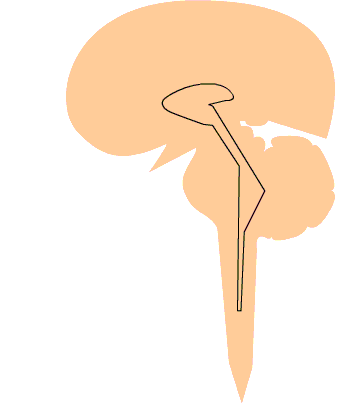Visual Pathologies
The main function of the visual sense is to connect human beings with their environment, recognizing their surrounding objects with regard to movement, shape, size, color and brightness.
The eye or peripherical sensorial organ, is not more than a “photographic camera” capable of registering images, which will be “processed” at the “cerebral photographic laboratory”.

How we look at and recognize objects?
The stimulus for the visual sense is the arrival of light to the eye. These stimuli are focussed on the retina by means of an optical system formed by the cornea, lens and liquids that give volume to the eye. This optical system is thoroughly transparent, under regular conditions.
Once the image is focussed on the retina, this transforms the shining stimuli of shape, size and color into electrical activity. Therefore, retina could be compared with a “photo cell” which should keep certain voltage to be able to work properly.
The retina electrical activity is transmitted through a “cable” the optical nerve up to the occipital lobe or visual brain, where the image coming from both eyes is processed in order to achieve maximum fineness in sight in relief or stereopsia.
The optical pathway is interrelated at cerebral level with auditory and vestibular associate areas and with the equilibrium centre at the brainstem, being involved in ocular movement control.